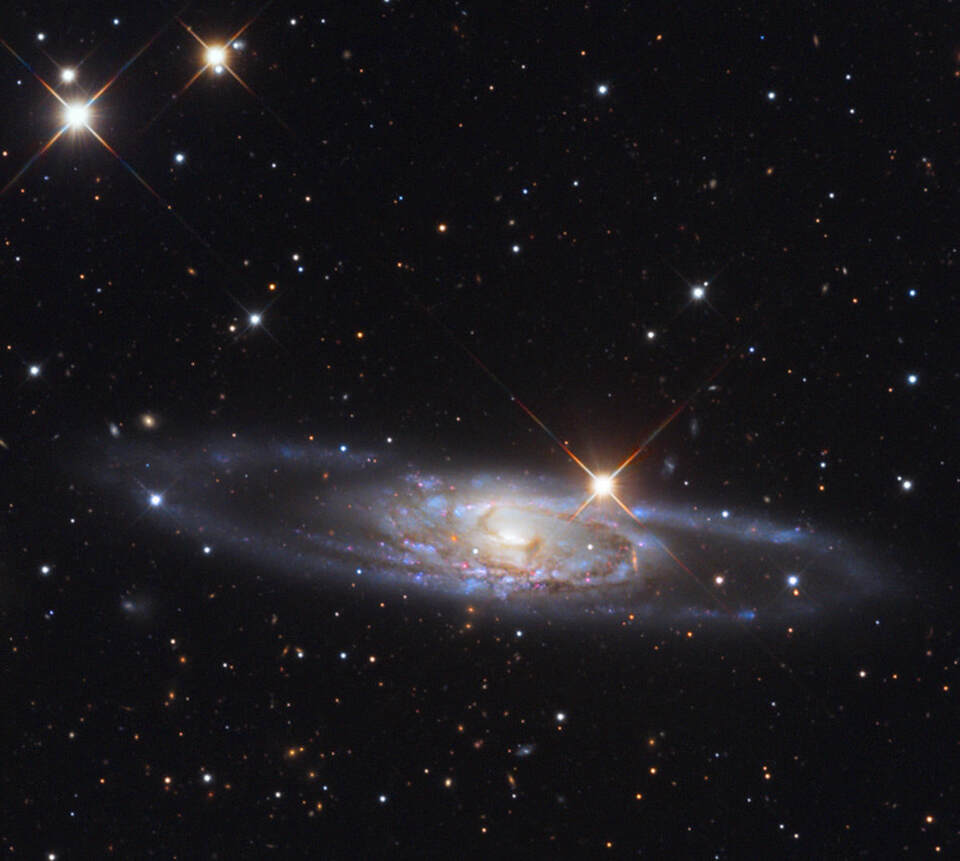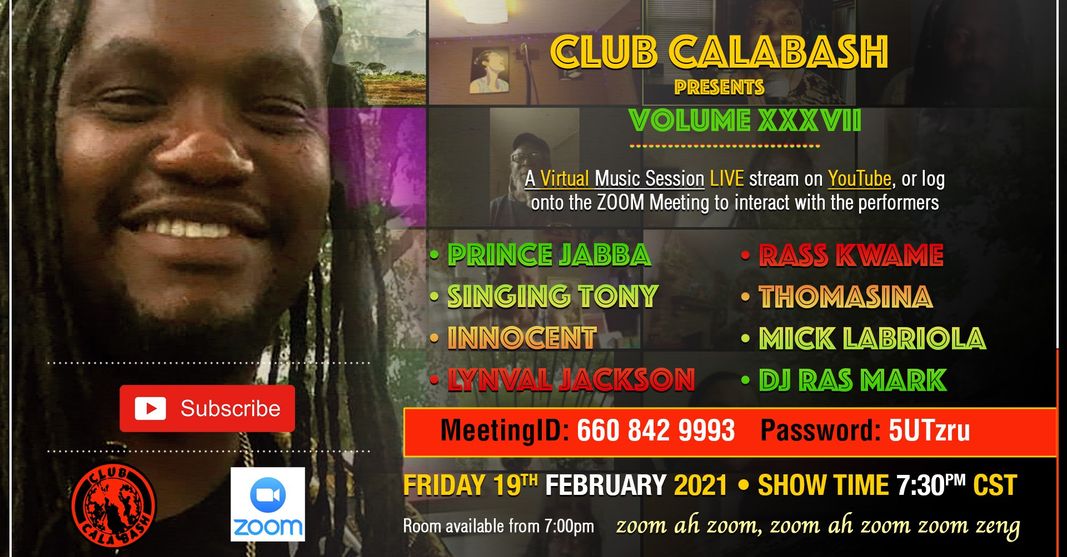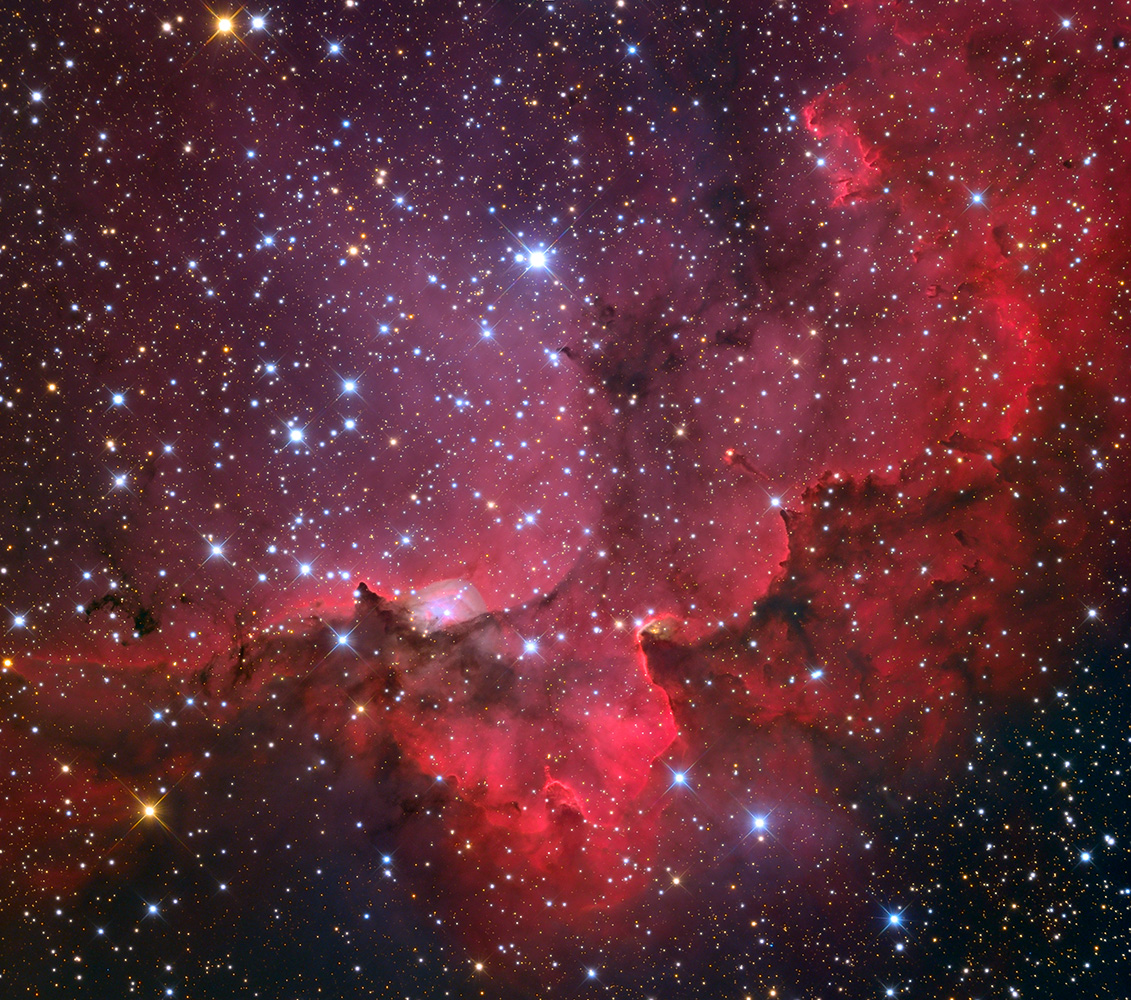Blog
Francis Hillman “Scrapper” Blackwell (February 21, 1903 – October 7, 1962) was an American blues guitarist and singer, best known as half of the guitar-piano duo he formed with Leroy Carr in the late 1920s and early 1930s. He was an acoustic single-note picker in the Chicago blues and Piedmont blues styles. Some critics have noted that he veered towards jazz.
Blackwell was born in Syracuse, South Carolina, one of sixteen children of Payton and Elizabeth Blackwell. He was part Cherokee. He grew up in and spent most of his life in Indianapolis, Indiana. He was given the nickname “Scrapper” by his grandmother, because of his fiery nature. His father played the fiddle, but Blackwell was a self-taught guitarist, building his first guitar out of a cigar box, wood and wire. He also learned to play the piano, occasionally performing professionally. By his teens, Blackwell was a part-time musician, traveling as far as Chicago. He was known for being withdrawn and hard to work with, but he established a rapport with the pianist Leroy Carr, whom he met in Indianapolis in the mid-1920s, and they had a productive working relationship. Carr convinced Blackwell to record with him for Vocalion Records in 1928; the result was “How Long, How Long Blues“, the biggest blues hit of that year.
Blackwell also made solo recordings for Vocalion, including “Kokomo Blues”, which was transformed into “Old Kokomo Blues” by Kokomo Arnold and later reworked as “Sweet Home Chicago” by Robert Johnson. Blackwell and Carr toured throughout the American Midwest and South between 1928 and 1935 as stars of the blues circuit, recording over 100 sides. “Prison Bound Blues” (1928), “Mean Mistreater Mama” (1934), and “Blues Before Sunrise” (1934) were popular tracks.
more...Andrés Segovia Torres, 1st Marquis of Salobreña (21 February 1893 – 2 June 1987) was a virtuoso Spanish classical guitarist from Linares, Spain. Many professional classical guitarists today were students of Segovia, or students of his students. Segovia’s contribution to the modern-romantic repertoire not only included commissions but also his own transcriptions of classical or baroque works. He is remembered for his expressive performances: his wide palette of tone, and his distinctive musical personality, phrasing and style.
Segovia was born on 21 February 1893 in Linares, Jaén, Spain. He was sent at a very young age to live with his uncle Eduardo and aunt María. Eduardo arranged for Segovia’s first music lessons with a violin teacher after recognizing that Segovia had an aptitude for music. This proved to be an unhappy introduction to music for the young Segovia because of the teacher’s strict methods, and Eduardo stopped the lessons. His uncle decided to move to Granada to allow Segovia to obtain a better education; after arriving in Granada, Segovia recommenced his musical studies. Segovia was aware of flamenco during his formative years as a musician but stated that he “did not have a taste” for the form and chose instead the works of Fernando Sor, Francisco Tárrega, and other classical composers. Tárrega agreed to give the self-taught Segovia some lessons but died before they could meet, and Segovia states that his early musical education involved the “double function of professor and pupil in the same body”.
more...https://www.youtube.com/watch?v=N4nELJfV-L4
more...Buffy Sainte-Marie, CC (born Beverly Sainte-Marie, c. February 20, 1941) is an Indigenous Canadian–American singer-songwriter, musician, Oscar-winning composer, visual artist, educator, pacifist, and social activist. Throughout her career in all of these areas, her work has focused on issues facing Indigenous peoples of the Americas. Her singing and writing repertoire also includes subjects of love, war, religion, and mysticism. She has won recognition, awards and honours for her music as well as her work in education and social activism. Among her most popular songs are “Universal Soldier“, “Cod’ine“, “Until It’s Time for You to Go“, “Now That the Buffalo’s Gone“, and her covers of Mickey Newbury‘s “Mister Can’t You See” and Joni Mitchell‘s “The Circle Game“. Her music has been recorded by Elvis Presley, Neil Diamond, Donovan, Joe Cocker, Jennifer Warnes, Barbra Streisand, Shirley Bassey, Roberta Flack, Janis Joplin, and Glen Campbell.
In 1983, Sainte-Marie became the first indigenous person to win an Oscar. Her song “Up Where We Belong“, co-written for the film An Officer and a Gentleman, won both the Academy Award for Best Original Song at the 55th Academy Awards and the Golden Globe for Best Original Song.
In 1997, she founded the Cradleboard Teaching Project, an educational curriculum devoted to better understanding Native Americans.
Sainte-Marie was born in 1941 on the Piapot 75 reserve in the Qu’Appelle Valley, Saskatchewan, Canada. She was abandoned as an infant and then adopted by Albert and Winifred Sainte-Marie, a Wakefield, Massachusetts couple of Mi’kmaq descent. She attended the University of Massachusetts Amherst, earning degrees in teaching and Oriental philosophy and graduating in the top ten of her class.
In 1964, on a return trip to the Piapot Cree reserve in Canada for a powwow, she was welcomed and (in a Cree Nation context) adopted by the youngest son of Chief Piapot, Emile Piapot and his wife, Clara Starblanket Piapot, who added to Sainte-Marie’s cultural value and place in native culture.
more...NGC 5792 is a barred spiral galaxy about 83 million light-years away in the constellation Libra. There is a magnitude 9.6 star on the northwestern edge of the galaxy.

Nancy Sue Wilson (February 20, 1937 – December 13, 2018) was an American singer and actress whose career spanned over five decades, from the mid-1950s until her retirement in the early 2010s. She was especially notable for her single “(You Don’t Know) How Glad I Am” and her version of the standard “Guess Who I Saw Today“. Wilson recorded more than 70 albums and won three Grammy Awards for her work. During her performing career, Wilson was labeled a singer of blues, jazz, R&B, pop, and soul; a “consummate actress”; and “the complete entertainer”. The title she preferred, however, was “song stylist”. She received many nicknames including “Sweet Nancy”, “The Baby”, “Fancy Miss Nancy” and “The Girl With the Honey-Coated Voice”.
Nancy Sue Wilson was born on February 20, 1937, in Chillicothe, Ohio, the first of six children of Olden Wilson, an iron foundry worker, and Lillian Ryan, a maid. Wilson’s father would buy records to listen to at home. At an early age Wilson heard recordings from Billy Eckstine, Nat King Cole, and Jimmy Scott with Lionel Hampton‘s Big Band. Wilson says: “The juke joint down on the block had a great jukebox and there I heard Dinah Washington, Ruth Brown, LaVerne Baker, Little Esther”
more...Frank Isola (February 20, 1925 – December 12, 2004 in Detroit, Michigan) was an American jazz drummer.
Isola was born and raised in Detroit and was heavily influenced by Gene Krupa. He played in the U.S. military during World War II (1943–45), and then studied and performed in California with Bobby Sherwood and Earle Spencer. He then moved to New York City, where he played with Johnny Bothwell and Elliot Lawrence in 1947. Following this he played with Stan Getz (1951–53) and Gerry Mulligan (1953–54), as well as with Mose Allison, Eddie Bert, Bob Brookmeyer, Jimmy Raney, Johnny Williams and Tony Fruscella.
https://www.youtube.com/watch?v=IdJ54sfdkR8
more...Charles Kynard (20 February 1933 – 8 July 1979) was an American soul jazz/acid jazz organist born in St. Louis, Missouri.
Kynard first played piano then switched to organ and led a trio in Kansas City including Tex Johnson (flute, sax) and Leroy Anderson (drums). In 1963, he settled to Los Angeles and his band featured guitarists Cal Green and Ray Crawford, drummer Johnny Kirkwood.
more...Oscar Marcelo Alemán (February 20, 1909 – October 14, 1980) was an Argentine jazz guitarist, singer, and dancer.
Alemán was born in Machagai, Chaco Province, in northern Argentina. He was the fourth child of seven born to pianist Marcela Pereira, a native Argentine, and Jorge Alemán Morales, who played guitar in a folk quartet with his children Carlos, Juan, and Jorgelina.
At the age of six, Alemán joined the family ensemble, the Moreira Sextet, and played the cavaquinho, a chordophone related to the ukulele, before taking up the guitar. The group travelled to Buenos Aires to perform at the Parque Japonés, Nuevo Theater, and at the Luna Park. Later they toured in Brazil.
Alemán was orphaned at age of ten when his mother died and his father committed suicide. He sustained himself by working sporadically as a dancer and musician on the streets of Santos, Brazil. When he saved enough money, he bought a guitar and started to play professionally at party venues in a duo called Los Lobos with his friend, Brazilian guitarist Gastón Bueno Lobo. The duo moved to Buenos Aires in 1925 to work under contract for the comedian Pablo Palitos. In Buenos Aires, they formed a trio with violinist Elvino Vardaro. They added tango to their repertoire and recorded with Agustín Magaldi. They later played with Carlos Gardel and Enrique Santos Discépolo.
In 1929 Los Lobos and dancer Harry Fleming travelled to Europe. After the tour, Alemán stayed in Madrid to play as a soloist. In the 1930s he discovered American jazz through the music of Eddie Lang and Joe Venuti. He then moved to Paris, where he was hired by Josephine Baker to lead her band, the Baker Boys, at the Cafe de Paris, providing him an opportunity to play regularly with American musicians who would come to see Baker and perform with her band. In Paris he met Django Reinhardt, for whom he would sometimes substitute.
more...James Edwards Yancey (February 20, 1894 or 1895 or 1901 – September 17, 1951) was an American boogie-woogie pianist, composer, and lyricist. One reviewer described him as “one of the pioneers of this raucous, rapid-fire, eight-to-the-bar piano style”.
Yancey was born in Chicago. There is uncertainty over his birth year: at different times he stated 1900 and 1903, and other sources give 1894 or 1898. Researchers Bob Eagle and Eric LeBlanc suggest 1901.
His older brother, Alonzo Yancey (1897–1944), was also a pianist, and their father was a vaudeville guitarist and singer. By age ten, Yancey had toured across the United States as a tap dancer and singer, and by twenty he had toured throughout Europe. He began teaching himself to play the piano at the age of 15, and by 1915 had become a noted pianist and was already influencing younger musicians, including Meade Lux Lewis and Albert Ammons.
He played in a boogie-woogie style, with a strong-repeated figure in the left hand and melodic decoration in the right, but his playing was delicate and subtle rather than hard driving. He popularized the left-hand figure that became known as the “Yancey bass”, later used in Pee Wee Crayton‘s “Blues After Hours“, Guitar Slim‘s “The Things That I Used to Do”, and many other songs. Yancey favored keys—such as E-flat and A-flat—that were atypical for barrelhouse blues. Distinctively, he ended many pieces in the key of E-flat, even if he had played in a different key until the ending.
more...Ewart “U-Roy” Beckford, who transformed the Jamaican art of toasting, or deejaying, from a sound system phenomenon into a hit-making art form that deeply influenced generations of dancehall artists as well as the formation of early hip-hop, has died. U-Roy’s partner, Marcia Smikle, told the Jamaica Gleaner that he’d been unwell for some time; the news was also confirmed by Trojan Records. He was 78.
Respectfully referred to as The Teacher, The Originator or simply Daddy, U-Roy wasn’t the best-known name in Jamaican music among an international audience, yet exerted an incalculable influence on the development of reggae and dancehall and its offshoots, most notably hip-hop.
“This is a very sad day for Jamaica and for the dancehall genre, we lost a pioneer; he’s someone who every deejay should look up to – and I do,” Jamaican dancehall superstar Sean Paul tells NPR. “Hearing his name growing up, hearing his songs, he came with a different style; before U-Roy, no one was toasting on records and filling in the blanks.” Sean’s own vocal contributions to Sia’s 2016 No. 1 hit “Cheap Thrills” bears U-Roy’s influence, he says. “The little ad libs on that record, the budda-bang-bang, I learned that from him,” offers the platinum-selling and Grammy-winning artist. “He pioneered the way for someone like myself to do what I do.”
more...mick will perform his arrangements of Dylan, the Crickets and the Pogues, Along with a UB40 tune.

NGC 7380 is a young open cluster of stars in the northern circumpolar constellation of Cepheus, discovered by Caroline Herschel in 1787. The surrounding emission nebulosity is known colloquially as the Wizard Nebula, which spans an angle of 25′. German-born astronomer William Herschel included his sister’s discovery in his catalog, and labelled it H VIII.77. The nebula is known as S 142 in the 1959 Sharpless catalog (Sh2-142). It is extremely difficult to observe visually, usually requiring very dark skies and an O-III filter. The NGC 7380 complex is located at a distance of approximately 8.5 kilolight-years from the Sun, in the Perseus Arm of the Milky Way.
The cluster spans ~20 light-years (6 pc) with an elongated shape and an extended tail. Age estimates range from 4 to 11.9 million years. At the center of the cluster lies DH Cephei, a close, double-lined spectroscopic binary system consisting of two massive O-type stars. This pair are the primary ionizing source for the surrounding H II region, and are driving out the surrounding gas and dust while triggering star formation in the neighboring region. Of the variable stars that have been identified in the cluster, 14 have been identified as pre-main sequence stars while 17 are main sequence stars that are primarily B-type variables.

Marc Seales is an American jazz pianist associated with post-bop. Born: February 19, 1963 (age 58 years)
As a Professor of Jazz Piano at the University of Washington in Seattle, Seales has worked with Benny Carter, Howard Roberts, Bobby Hutcherson and Art Pepper. His groups include New Stories and the Marc Seales Quartet. Seales won the Earshot Jazz Golden Ear Award for Best Instrumentalist in 1999. His song ‘Highway Blues’, was included by default in Windows XP, along with Beethoven’s 9th Symphony, where it gained much fame.
more...William “Smokey” Robinson Jr. (born February 19, 1940) is an American singer, songwriter, record producer, and former record executive. Robinson was the founder and front man of the Motown vocal group the Miracles, for which he was also chief songwriter and producer. He led the group from its 1955 origins as “the Five Chimes” until 1972, when he announced his retirement from the group to focus on his role as Motown’s vice president. However, Robinson returned to the music industry as a solo artist the following year. After the sale of Motown Records in 1988, Robinson left the company in 1990.
Robinson was inducted into the Rock and Roll Hall of Fame in 1987, and was awarded the 2016 Library of Congress Gershwin Prize for his lifetime contributions to popular music.
William Robinson Jr. was born to an African-American father and a mother of African-American and French ancestry into a poor family in the North End area of Detroit, Michigan, United States. His ancestry is part Nigerian, Scandinavian, Portuguese, and Cherokee. His uncle Claude gave him the nickname “Smokey Joe” when he was a child. He attended Northern High School, where he was above average academically and a keen athlete, though his main interest was music, and he formed a doo-wop group named the Five Chimes. At one point, he and Aretha Franklin lived several houses from each other on Belmont; he once said he knew Franklin since she was about five.
more...More Posts
- James “Son” Thomas
- World Music with MUR
- Daily Roots with Tony Tuff
- The Cosmos with NGC 290
- Paul Simon Day
- Pharaoh Sanders Day
- Lee Konitz Day
- Ray Brown Day
- Art Tatum Day
- World Music with Katarína Máliková
- Daily Roots with McWoner
- The Cosmos with LEDA 3074547
- Melvin Rhyne Day
- Guitar Gabriel Day
- Tubby Hall Day
- World Music with Asmâa Hamzaoui & Bnat Timbouktou
- Daily Roots with Barry Brown
- The Cosmos with NGC 4567/68
- Lester Bowie Day
- Billy Higgins Day